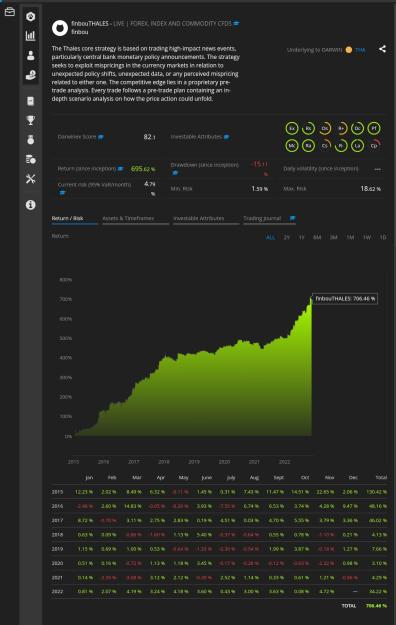made some optimizations..
Year 2010 - 2017 - optimizations
Setups 3741. Optimized for "Max balance". Total sum of profits of all setups is 449738 $, 1861 setups profitable
Year 2017 - 2020 - forwardtests
From all those 3741 total sum -142243 $, 452 setups profitable
will try to simulate 10000 parallel EAs on completely random and scale winners. If 50% win vs 50% loses then that should work.
think the portfolio minimum is 10k EAs here.. 100 or 1000 are too small representative.. won't be 50/50 otherwise..
cant use MT5 pick ups.. MT5 pick up mostly winner in optimizations.. that won't guarantee 50/50 distribution in the future.
just thinking..
Year 2010 - 2017 - optimizations
Setups 3741. Optimized for "Max balance". Total sum of profits of all setups is 449738 $, 1861 setups profitable
Year 2017 - 2020 - forwardtests
From all those 3741 total sum -142243 $, 452 setups profitable
will try to simulate 10000 parallel EAs on completely random and scale winners. If 50% win vs 50% loses then that should work.
think the portfolio minimum is 10k EAs here.. 100 or 1000 are too small representative.. won't be 50/50 otherwise..
cant use MT5 pick ups.. MT5 pick up mostly winner in optimizations.. that won't guarantee 50/50 distribution in the future.
just thinking..
